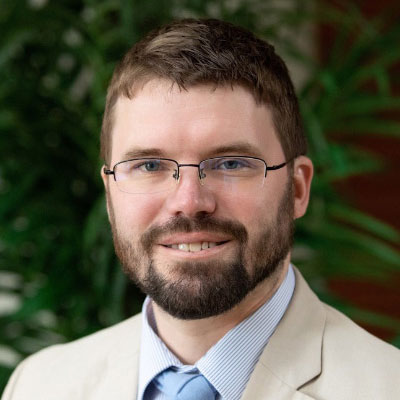Over the past decade, homelessness in California has been rising at alarming rates. California already topped the national list in 2014 when it had a homeless population of 114,000, but according to the Department of Housing and Urban Development’s 2023 Homelessness Assessment Report count, that number has grown to more than 180,000—nearly a 60 percent increase—and an astonishing two-thirds of these individuals are entirely unsheltered. In fact, with a total unsheltered population of 123,423, California is shamefully only about 10,000 shy of the other 49 states combined.
Yet California has spent a record $24 billion fighting homelessness over the past five years, according to a state audit published last month. In other words, the homeless population and homelessness spending have grown in tandem. How is this even possible?
The sad reality is that the current homelessness policy, known as Housing First, virtually guarantees an ever-ballooning homelessness budget, regardless of how effective it is in reducing the homeless population. This is because the measure of success under Housing First is not independent self-sufficiency, but in homeless persons becoming de facto wards of the state.
In 2013, the federal government adopted Housing First as its approach to homelessness, and California followed in 2016. This means that both state and federal homelessness grants are reserved exclusively for providers who comply with Housing First principles.
The Housing First philosophy contends that the most effective way to address homelessness is to offer people immediate, no-strings-attached housing. Service providers forfeit their grants if they make housing conditional on, say, sobriety or participation in treatment programs. In theory, supportive services are voluntary, but in practice they are almost non-existent.
Instead, California’s approach to Housing First entails little more than warehousing people in permanent-supportive housing (PSH) units. PSH residents are not classified as “homeless” for official counts, but they remain dependent on taxpayer support, which is paid out of the homelessness budget.
We did not always treat permanent dependency as the best-case scenario for homeless individuals. When the Clinton administration first established the continuum of care system for homelessness services in 1994, the Department of Housing and Urban Development explicitly stated that “the goal of the comprehensive homeless service system is to ensure that homeless individuals and families move from homelessness to self-sufficiency, housing, and independent living.”
When Sam Tsemberis, a clinical psychologist, conducted the first Housing First experiment in New York City, he altered the measure of success to “housing stability,” achieved not through self-sufficiency, but through perpetual subsidies. Tsemberis found that 88% of his clients remained stably housed, compared to 47% of patients in treatment-oriented programs. However, Tsemberis worked exclusively with people suffering from severe mental illnesses—those who would have been institutionalized in an earlier era—so it is reasonable that perpetually subsidized housing may have been the best possible outcome for this particular subset of the homeless population.
But should permanent dependency be the goal for all homeless persons? In FY 2022-2023, California spent $116 million on permanent-supportive housing for homeless youth. A policy that functionally treats homeless and at-risk children as lost causes is not only financially unsustainable, it’s downright inhumane.
A significant portion of homeless individuals suffer not from incurable mental illness, but from untreated substance-use disorder, and the overdose mortality rate of PSH residents is disturbingly high. But studies of crack-addicted homeless persons in drug-abstinent housing, work therapy, and day treatment programs found that upon completion, roughly half of the participants remained sober, housed and stably employed. Yes, “housing stability” was lower than Housing First experiments, but independent self-sufficiency is an unquestionably better outcome for those capable of achieving it.We can accept that there will always be people who require permanent assistance, but state policy should not treat this assumption as universal. Even if we could end homelessness by permanently warehousing people, we should strive to do better.
But after following the Housing First playbook for nearly a decade, the results are clear: the more money we spend on this strategy, the faster the homelessness crisis grows.








